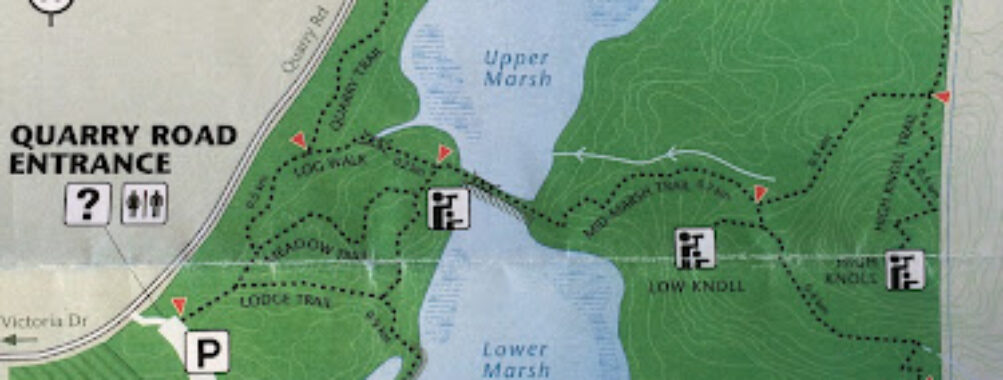
Minnekhada Park Association
Table of Contents
Description
Minnekhada Park Association is one of those rare places where you can slow down, breathe in the earthy scent of cedar and moss, and actually hear your own thoughts over the rustle of leaves. Tucked within the traditional, ancestral, and unceded territory of the Kwikwetlem and Katzie First Nations, this non-profit organization works hand in hand with the land—caring for it, protecting it, and inviting others to experience it respectfully. The park itself is a blend of serene wetlands, forested trails, and open viewpoints that make you feel like you’ve stepped into a postcard, except it’s all very real and right there under your feet.
The association isn’t just about maintaining trails; it’s about fostering a deeper connection between people and nature. You’ll find volunteers who can tell you the history of the Minnekhada Lodge, share stories about the wildlife that call the park home, and even point out plants you might have walked past without noticing. And while most visitors leave with a smile, it’s worth saying—this is a natural space, so it’s not about manicured lawns or perfectly paved paths. It’s about authenticity, and sometimes that means a bit of mud on your boots or a trail that’s more challenging than you expected. But that’s kind of the point, isn’t it?
For me, the first time I came here, I remember standing at one of the higher viewpoints, looking out over the Pitt River, and thinking, “Wow, this is five minutes from the city, yet it feels like another world.” It’s that contrast—wild beauty so close to urban life—that makes Minnekhada Park Association’s work so valuable. They’re not just preserving a park; they’re preserving an experience that’s becoming harder to find.
Key Features
- Extensive network of quiet hiking trails through wetlands, forests, and open viewpoints
- Home to Minnekhada Lodge, a 1930s estate with sweeping views of the Pitt River
- Rich biodiversity with opportunities to spot deer, black bears, herons, and seasonal bird migrations
- Interpretive and educational programs led by knowledgeable volunteers
- Wheelchair accessible parking lot for improved accessibility
- Photogenic landscapes year-round, from misty mornings to golden autumn afternoons
- Opportunities for peaceful wildlife photography without heavy crowds
- Located within culturally significant Indigenous territory, with respect for its heritage
Best Time to Visit
If you ask ten locals when the best time to visit is, you’ll probably get ten different answers—and they’d all be right. Spring is a personal favorite of mine because the wetlands come alive with birdsong, and the trails smell fresh and damp in the best way. Summer brings longer days and warmer hikes, though you might want to start early to avoid the midday heat. Autumn is pure magic here—golden leaves, crisp air, and that satisfying crunch under your boots. Winter has its own charm, especially if you like a quieter, more reflective walk, though some trails can be slippery, so tread carefully.
Wildlife watchers might want to time their visit for early mornings or late afternoons when animals are most active. And if you’re after those moody, misty photos, come right after a light rain. Just be prepared—nature doesn’t work on a schedule, so part of the fun is not knowing exactly what you’ll get.
How to Get There
Reaching Minnekhada Park isn’t complicated, but it does depend on your starting point. If you’re coming from the city, driving is the most straightforward option, with clear signage leading you to the main entrance. Public transit can get you part of the way, but you’ll likely need to walk or arrange a rideshare for the final stretch. Cyclists can connect from the Poco Trail, which makes for a scenic ride if you’re up for a bit of a workout.
Parking is available on-site, and the accessible parking lot is close to the main trailheads, making it easier for those with mobility considerations. Just keep in mind that on sunny weekends, spaces can fill up quickly—another reason to arrive early.
Tips for Visiting
First things first—this is a natural environment, so dress for it. Wear sturdy shoes, bring water, and don’t forget a snack or two. If you’re planning to explore multiple trails, a light rain jacket is a good idea even on sunny days because weather can change fast here. And yes, bring your camera, but don’t spend the whole time looking through a lens—some moments are better experienced than captured.
Wildlife is abundant, but it’s also wild. Keep your distance, especially during bear season, and never feed the animals. If you’re visiting with kids, the trails offer plenty of safe spots to explore, but keep an eye on them near wetlands and steeper sections. For photographers, early morning light is unbeatable, and for those who just want some peace, weekdays tend to be quieter than weekends.
Lastly, respect the land. This isn’t just a park; it’s part of a living cultural and ecological heritage. Pack out what you bring in, stay on marked trails, and take a moment to appreciate the work the Minnekhada Park Association does to keep this place thriving. Trust me—you’ll leave feeling lighter, calmer, and maybe just a little more connected to the world around you.
Location
Places to Stay Near Minnekhada Park Association
Find and Book a Tour
Explore More Travel Guides
No reviews found! Be the first to review!